Fish body weight, length and condition were similar in fish fed the control diet and fish fed meals from insect larval stages

Many researchers have investigated the use of stocking hatchery-reared fish to re-establish natural populations of salmonids; however, this objective is difficult to achieve because the rearing of the larval and fry stages requires the establishment of an appropriate nutritional strategy to support fish survival and growth. The most popular method for feeding fish larvae and fingerlings has been to use natural live food sources, primarily brine shrimp (Artemia salina), which has the advantage that live feed stimulates the feeding behavior of juveniles.
Diets for fry-rearing programs must be formulated according to the nutritional needs of each developmental stage. The high protein demand of fry requires fishmeal, but increasing prices and other reasons have stimulated the search for replacements that use marine-independent protein sources, a key research area in modern aquaculture, and particular attention has been focused on alternative protein sources. Recently, insect meal has been widely considered a promising aquafeed ingredient, and can even be used as a starter feed for the early stages of fish development. The main advantages of using insects are their easy production, rapid growth, short reproductive cycle and high feed-conversion efficiency.
The use of insect meals in fish diets is an eco-friendly method of supplying high-value proteins. Moreover, the use of combinations of different protein sources in aquafeeds has been shown to have a positive effect on fish growth. The use of multiple protein resources has been studied for decades, and the associated products have been investigated to determine whether they can reduce the use of other more traditional ingredients like fishmeal or krill meal. Insects reared for meal production are fed vegetable byproducts, which is consistent with the idea of using waste products in feed production.
This article – adapted and summarized from the original publication (Hoffmann, L. et al. 2021. Environmentally sustainable feeding system for sea trout (Salmo trutta m. trutta): Live food and insect meal-based diets in larval rearing. Aquaculture Reports Volume 21, November 2021, 100795) – reports on a study to evaluate the effect of a combined feeding system that included the application of live food (nauplii of brine shrimp, Artemia salina) and balanced test diets consisting of insect meals (from the larval and imago stages of insects) or a control diet (fishmeal-based).
Study setup
The study was carried out at the Department of Inland Fisheries and Aquaculture, Poznań University of Life Sciences in Poland, with sea trout (Salmo trutta m. trutta) larvae. The trial involved a combined feeding system that included the addition of live food (brine shrimp nauplii for 0, 3 or 7 days), test diets (containing insect meals) and the control diet (fishmeal-based). Fish growth performance, survival and condition were evaluated during a 60-day feeding trial.
A total of 4,200 fish with an initial body weight of 0.105 grams were randomly allocated into 21 identical fiberglass tanks. Seven treatment groups were established, and each group was replicated three times (200 fish per tank, three replications, 600 fish per treatment). The experimental design (Fig. 1), which included the examination of experimental feeds with commercial feeds, was based on a well-established model previously used.
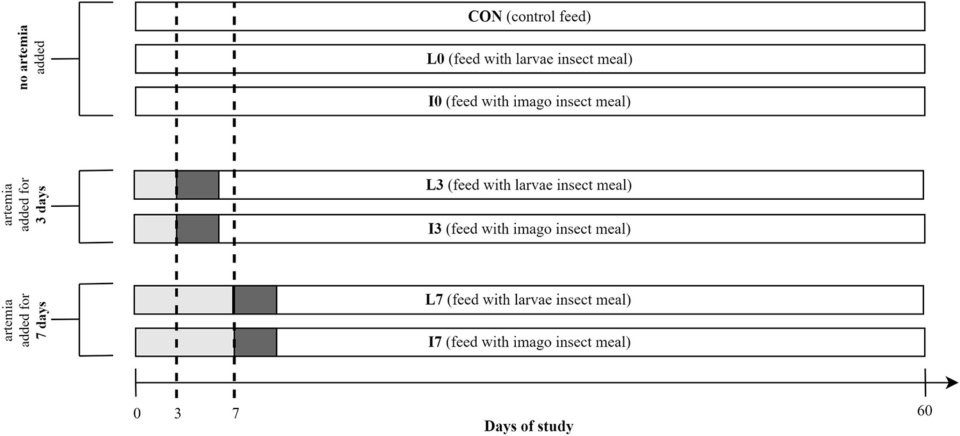
Live brine shrimp from commercial cysts were used as live feed 24-hour after hatching. Full-fat insect meals from four species [black soldier flies (Hermetia illucens), mealworm beetles (Tenebrio molitor), tropical house crickets (Gryllodes sigillatus) and Turkestan cockroaches (Blatta lateralis)] were provided by a private company. All insects were hatched, reared at 28 degrees-C and fed vegetable byproducts. The insect biomass was frozen, air dried and finely ground. Two types of insect meals were used, with one from the larval stage of insects (mealworm and black soldier fly) and the other from the imago stage [last stage after metamorphosis during development] of insects (Turkestan cockroach and tropical house cricket).
The experimental design of the feeding system was based on the application of live food (brine shrimp (Artemia salina) with formulated diets. The fish in the CON treatment received a commercial starter formulation, while those in the treatments coded as L0, L3, L7, I0, I3 and I7 received test diets with full-fat insect meals.
For detailed information on the experimental design, fish husbandry, preparation of diets, data collection and statistical analyses, refer to the original publication.
Results and discussion
Overall, our study results showed that fish body weight, length and condition (CF) were similar in the groups fed the control diet and the groups fed the larval stages of insects. The feed conversion ratio (FCR) was comparable in all treatments. The highest weight gain (WG), specific growth rate (SGR) and survival rate (SR) were observed in the fish fed the diet that included larval insect meal. The application of live food did not significantly affect the rearing results, although the type of insect meal had a crucial impact on fish rearing. We conclude that diets containing 20 percent insect meal from the larval stage may be used as an effective feed component for juvenile fish.
In our trial, we used a live food (Artemia salina nauplii) and after 60 days of growth, the highest fish body weight was observed in the control group (CON) and the group fed the test diet that included insect meal from the larval stage of insects (L). Comparable results were observed in the case of the total length of the fish body, with the highest values obtained in the CON group and then the L treatment. According to other researchers, the optimal feeding system for salmonids, including sea trout, may include a mix of natural (live) food and extruded (dry) diets because this approach encourages the natural foraging instincts of the fish and benefits from the nutritional value of the feed.
The natural source of nutrients for wild juvenile salmonids consists of insect larvae and crustaceans; thus, live food is commonly used in the juvenile stages of salmonid fish rearing. Other researchers working with sea trout fry fed two types of zooplankton, extruded feed and a mix of both, and reported that the fish body length after four weeks of the experiment was significantly higher in the group fed extruded feed and the mix of extruded feed and live food. Comparable results also reported in a subsequent experiment, with the largest sea trout length observed primarily in the group fed only dry feed but also in the combination of dry feed with zooplankton.
In any strategy involving stocking of reared juvenile fish to help declining salmonid populations, exposure to live prey is crucial before fish are released to the natural environment. For these fish or for those for aquaculture, their condition factor [relating fish length and weight] may be a useful measurement. Our data showed that the highest value for condition factor was observed in group L0 (test diet with larval insect meal and without application of live food), while the lowest value was observed in the control group. Our findings generally agree with those reported by other researchers.
Generally, our treatments with larval insect meal (L) or insect meal from the imago stage (I) resulted in similar and statistically significant values among the diet treatments. The condition factor may be affected by several factors like water temperature, fish development, season and species. The higher condition factor index results indicated higher fat and protein contents in the fish body, which is related to higher reserves of energy, and this may affect overall fish health, growth, reproductive success and survival.
The main obstacle for feeding juvenile fish is their high mortality during the early stage of development. Therefore, to obtain satisfactory rearing results, a properly balanced and complete diet should be used for the juvenile stages of fish. Growth performance and feed utilization are essential in assessing the nutritional status of fish and the quality of the diet. Our results for fish growth and survival showed the weight gain, relative growth rate, specific growth rate and survival rate were the highest in groups L0, L3 and L7. The feed conversion ratio was similar in all treatments, which we confirmed with our statistical results. For protein efficiency ratio, the best results were observed for the CON and L7 treatments.
Perspectives
Live feeds are commonly used as the initial food for larval stages of fish, but the results of our study showed the high potential of extruded insect meal-based diets for sea trout larvae nutrition. However, our data also shows that the selection of the insect meal source seems to be the key factor in the formulation of sustainable and effective diets for juvenile stages of this fish species fish.
Our data also indicated that the most efficient fish weight gain, relative and specific growth rates, and fish survival were obtained in the groups of fish fed meals from black soldier flies and mealworm beetles. The highest fish condition factor, as well as total body weight length and weight, were observed in groups fed diets that included larvae insect meal. Our diets containing 20 percent meal from insect larval stages may be used as an effective feed component for juvenile fish. Insect meals are among the most promising alternative sources of protein for fish, and could be used in the nutrition of many fish species.
Now that you've reached the end of the article ...
… please consider supporting GSA’s mission to advance responsible seafood practices through education, advocacy and third-party assurances. The Advocate aims to document the evolution of responsible seafood practices and share the expansive knowledge of our vast network of contributors.
By becoming a Global Seafood Alliance member, you’re ensuring that all of the pre-competitive work we do through member benefits, resources and events can continue. Individual membership costs just $50 a year.
Not a GSA member? Join us.
Authors
-
Dr. Lilianna Hoffmann
Corresponding author
Department of Inland Fisheries and Aquaculture, Poznań University of Life Sciences, Poland[109,111,99,46,108,105,97,109,103,64,110,110,97,109,102,102,111,104,46,97,110,110,97,105,108,105,108]
-
Dr. Mateusz Rawski
Department of Inland Fisheries and Aquaculture, Poznań University of Life Sciences, Poland
-
Dr. Ewa Pruszyńska-Oszmałek
Department of Animal Physiology and Biochemistry, Poznań University of Life Sciences, Poland
-
Dr. Paweł Kołodziejski
Department of Animal Physiology and Biochemistry, Poznań University of Life Sciences, Poland
-
Dr. Jan Mazurkiewicz
Department of Inland Fisheries and Aquaculture, Poznań University of Life Sciences, Poland; and HiProMine S.A., Poland
Tagged With
Related Posts
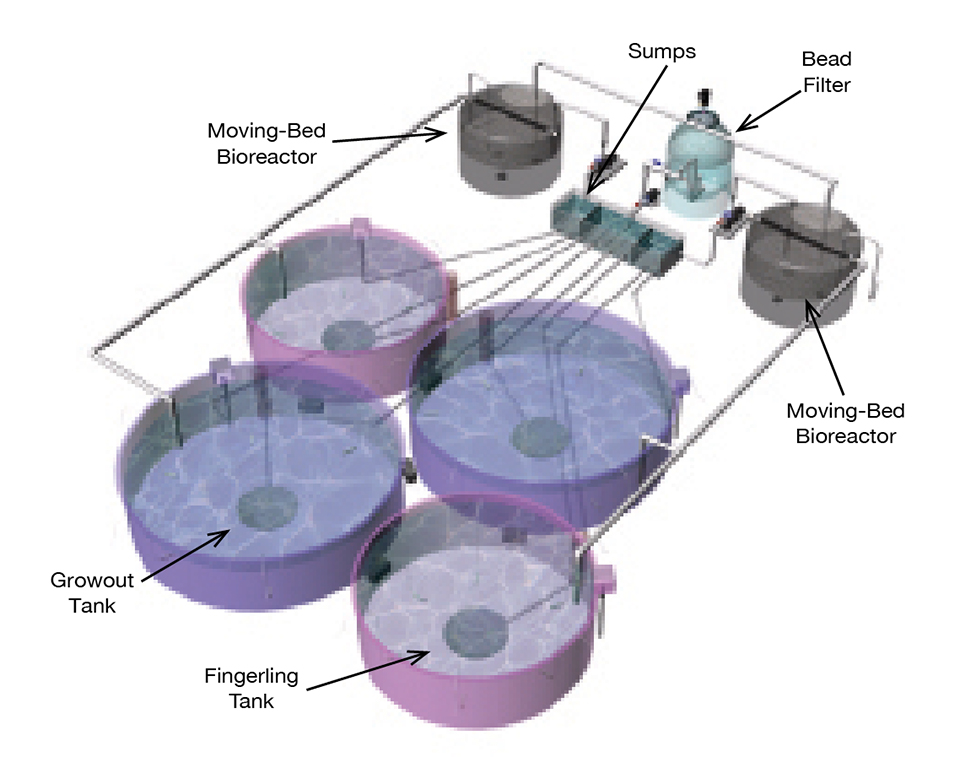
Health & Welfare
‘Boutique’ RAS for spotted sea trout
A boutique design project validated a land-based, recirculating production system capable of producing 50 metric tons of spotted sea trout per year.
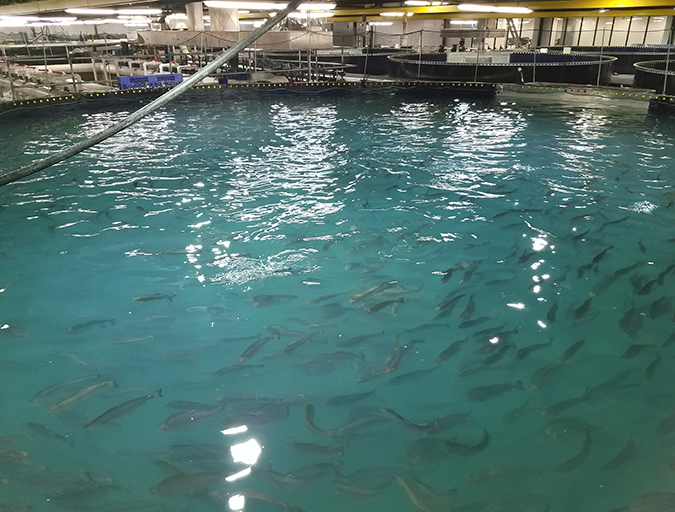
Intelligence
A land grab for salmon (and shrimp) in upstate New York
The operators of Hudson Valley Fish Farm see their inland locale as a pilot to prove that land-based fish farming, located in close proximity to major metropolitan markets, can be successful.
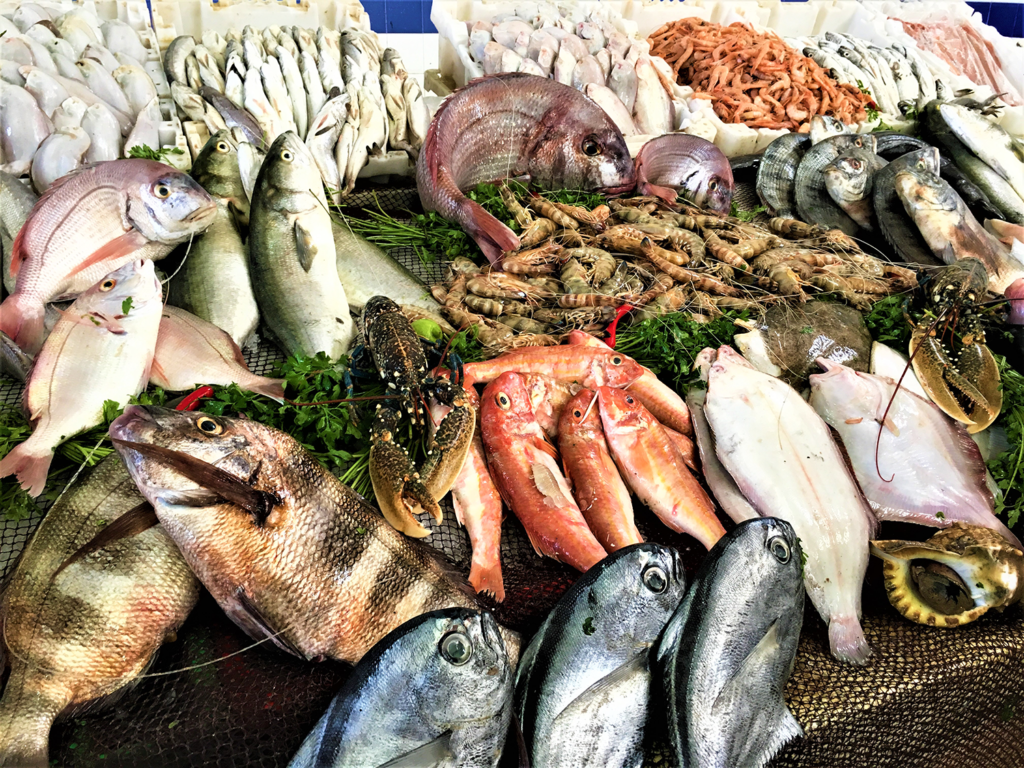
Intelligence
Animal tubulin-based polymorphism for genetic profiling of fish species
This study evaluates the new molecular tool animal tubulin-based polymorphism (aTBP) for the genetic characterization of different species of fish.
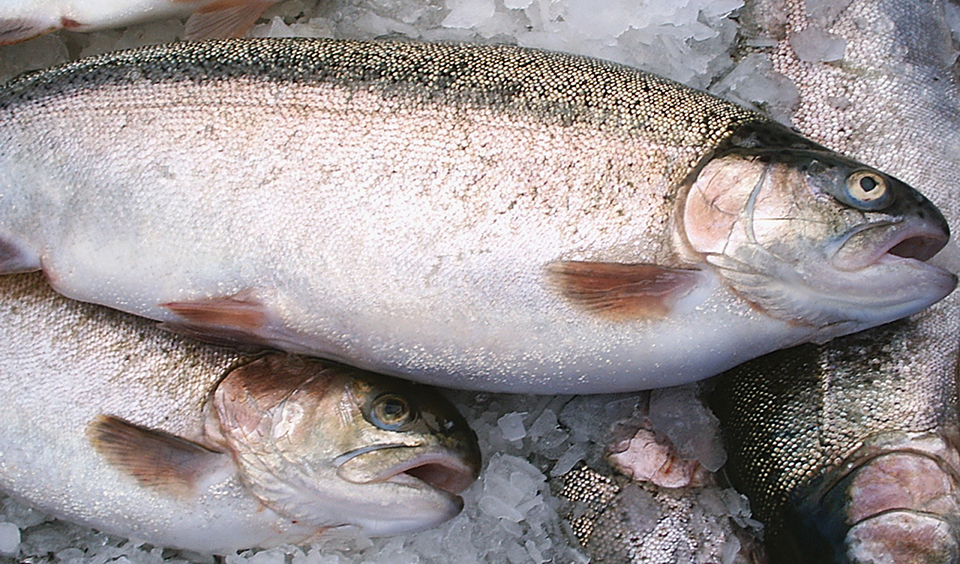
Health & Welfare
Trout farming in South Africa
Trout farming is a well-established industry that assists in providing services and technology to developing aquaculture sectors in South Africa.



